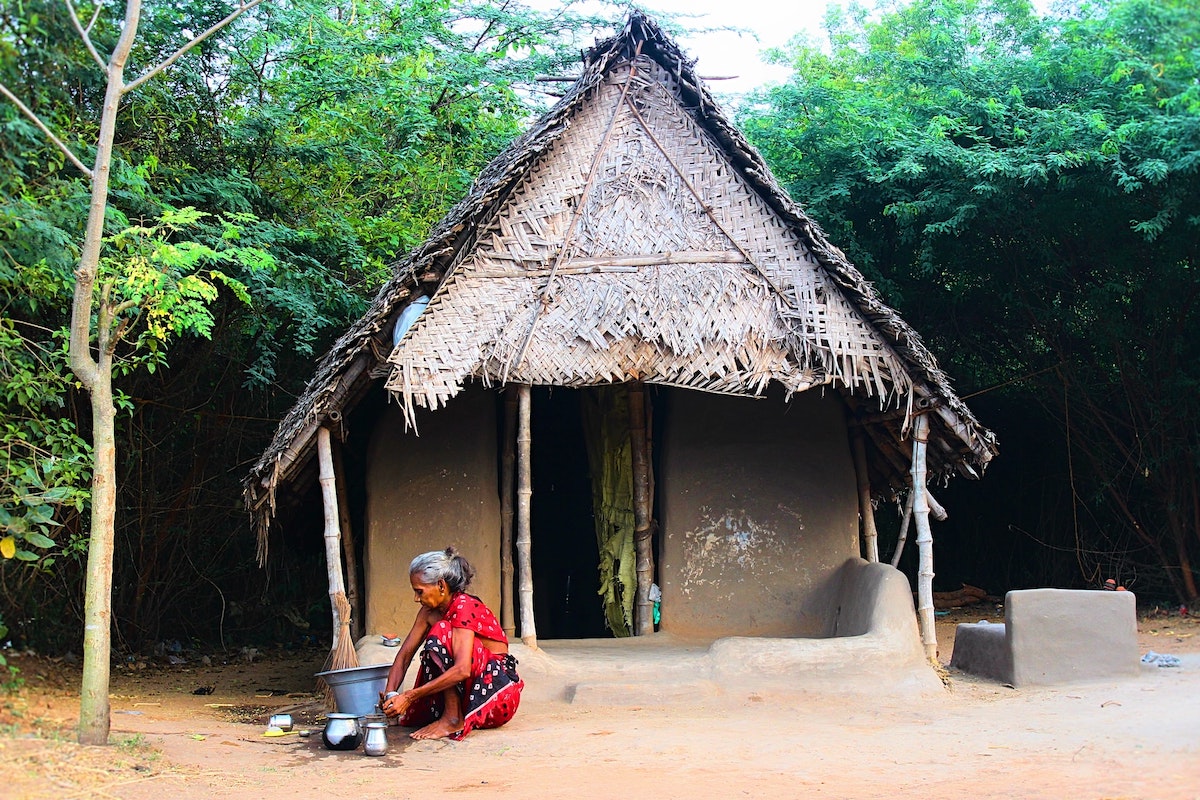Originally published in: The Hindu
Authors: Diane Coffey, Sangita Vyas
Both Ambedkar and Gandhi protested the practice of untouchability by encouraging upper castes to deal with their own waste. Last weekend, the Secretary of the Ministry of Drinking Water and Sanitation, Parameswaran Iyer, took up their call for action by emptying the decomposed waste from a twin-pit latrine in Warangal district, Telangana. Mr. Iyer deserves praise for calling attention to the fact that the problem of pit emptying must become central to India’s efforts to eliminate open defecation.
It’s now well established that the history and continuing practice of untouchability plays an important role in explaining why there is so much open defecation in India. Studies find that many rural Indians associate emptying a latrine pit by hand with manual scavenging, work that Dalits have traditionally been compelled to do. Caste Hindus refuse to empty latrine pits themselves, and hiring someone else to do it is now expensive and complicated. This is in part because, thankfully, the exploitation and exclusion of Dalits is slowly being challenged in India, and many have abandoned degrading work.
When a pit fills up
Rural Indians do not want to use the latrines promoted by the Indian government because these latrines require periodic manual pit emptying. They are afraid of the problems they will face when the pit fills up. For this reason, people want to use latrines with very large pits or tanks that take decades to fill. Yet, latrines with very large pits are expensive, so most rural families cannot afford them.
The Indian government’s response to the problem of pit emptying is to promote affordable latrines with two pits. Having a second pit allows the contents of a full pit to decompose before being emptied. According to the Prohibition of Employment as Manual Scavengers and their Rehabilitation Act, which made the employment of manual scavengers illegal, emptying human waste that has decomposed in a latrine pit is not considered manual scavenging, and is therefore not illegal.
The two-pit latrine design is a technical and biological solution to the problems of open defecation and manual scavenging, but it does not address the social consequences associated with pit emptying. When we asked families in rural areas whether they would empty a decomposed pit by hand, the resounding answer was “no”. Most believe that emptying even a decomposed latrine pit would be ritually polluting and would cause them to become outcaste.
This is why Mr. Iyer’s public display of latrine pit emptying was a really important step forward. We hope that this effort will not stop with the Secretary and that it will kick-off many pit-emptying demonstrations by everyone — from celebrities to village leaders — across the country. The Prime Minister launched the Swachh Bharat Mission by sweeping the streets of Valmiki Colony in New Delhi on October 2, 2014.
He called the mission a tribute to Gandhi’s work towards a clean India. If the Swachh Bharat Mission really wants to honour the legacy of Gandhi, though, it would do well to keep the focus on issues that Gandhi refused to shy away from: untouchability and manual scavenging. The challenge will lie in finding a way to combine photo ops with a real effort to change people’s minds how about where to defecate, who can empty latrine pits, and ultimately, how Dalits should be treated.
Photo by Shruti Parthasarathy.

